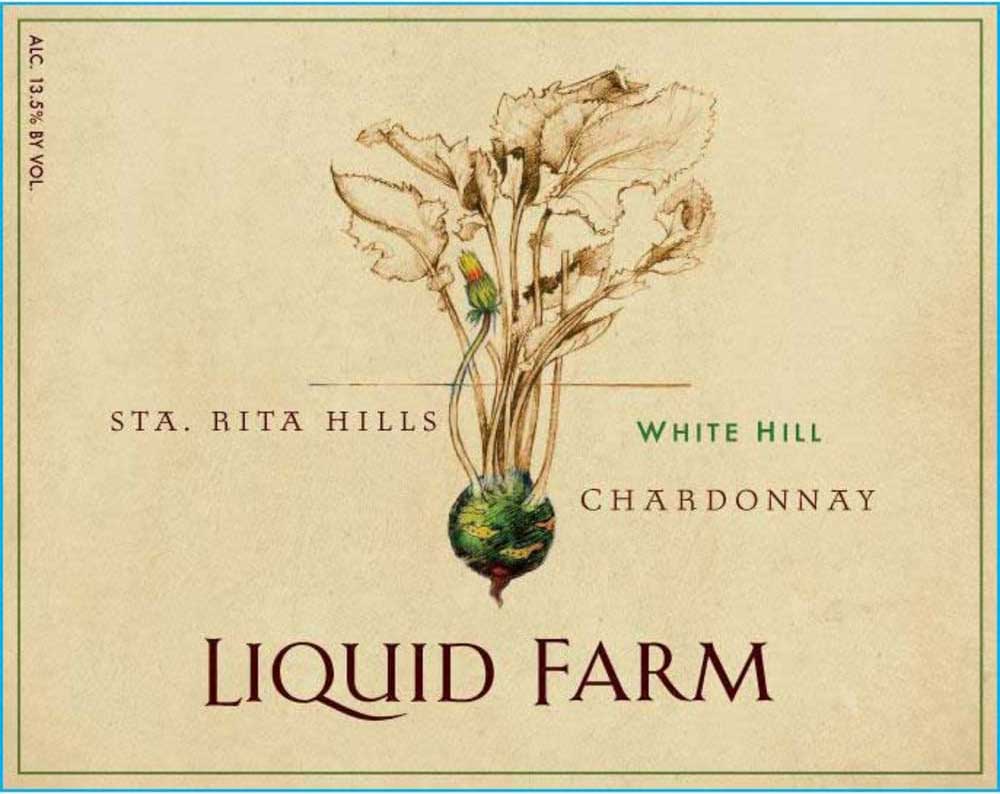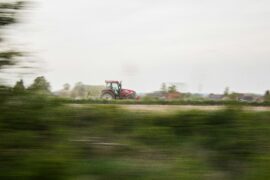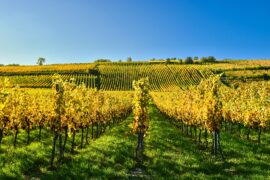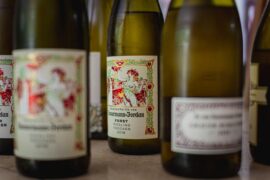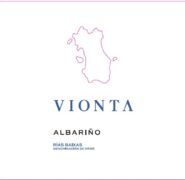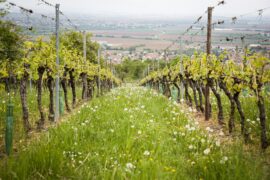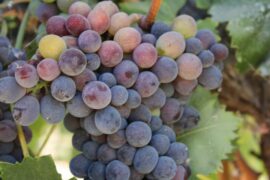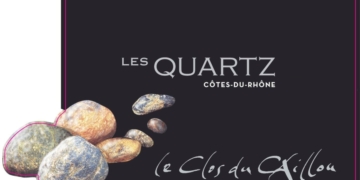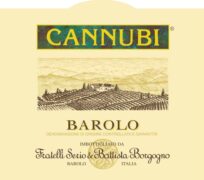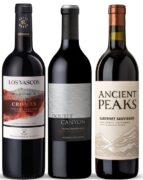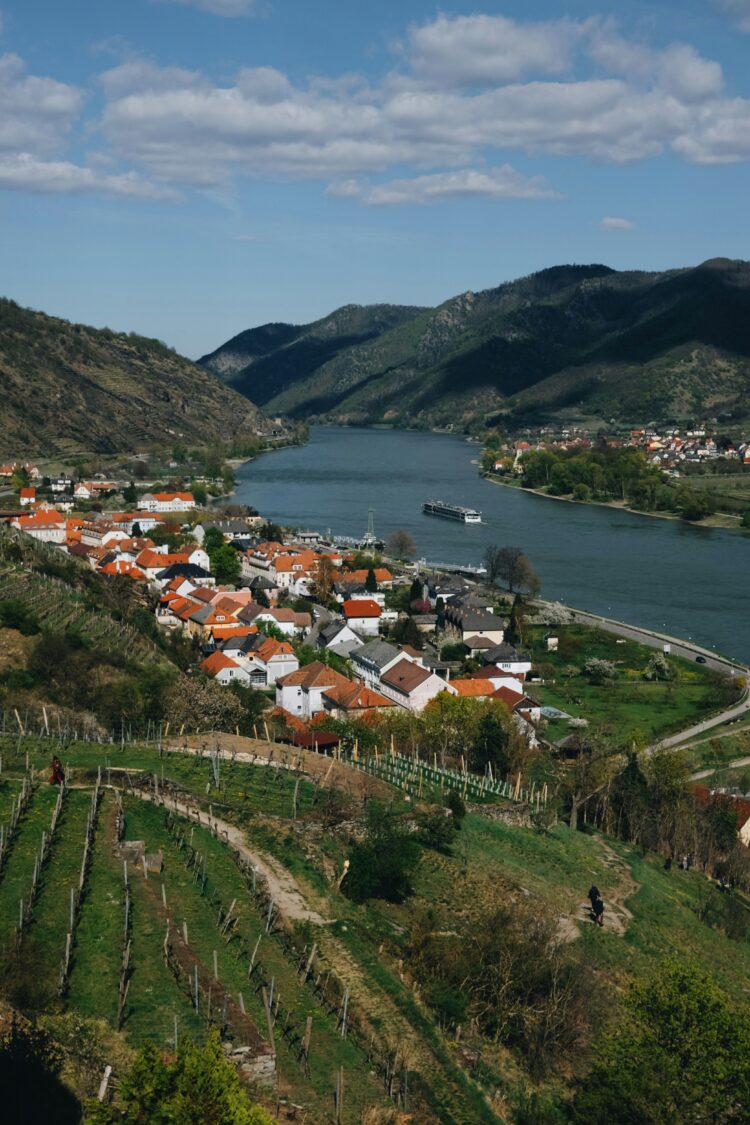Austrian winemakers adapt to climate change by shifting to new grape varieties. Climate change is reshaping Austria’s wine industry as rising summer temperatures reduce the acidity and freshness of many wines. In response, some winemakers are turning to alternative grape varieties to preserve quality.
In the historic wine town of Rust, located on the shores of Lake Neusiedl, winemaking traditions date back to the Middle Ages. The town’s winegrowers established a robust trade network, reaching as far as Bavaria and Poland. In 1524, Hungarian Queen Maria granted them the right to burn a distinctive “R” into their barrels, marking an early form of origin protection.
Today, climate change is challenging this heritage. With rising temperatures, the flavor profiles of many Austrian wines are shifting, prompting some winemakers to explore new grape varieties.
“August feels like an oven now, compared to when I was young,” says winemaker Günter Triebaumer. “The harvest season has moved up by six weeks. If you don’t recognize climate change, I can’t help you.”
This earlier harvest during the intense summer heat reduces acidity and freshness in the wine. However, the lesser-known white grape variety Furmint is offering a solution.
“Furmint ripens later,” Günter explains. “So, while other varieties are maturing in the August heat and losing acidity, Furmint remains safe and ripens afterward.”
As a result, more Austrian winemakers are embracing the Furmint grape. Its cultivation area has tripled in the past eight years. Additionally, Triebaumer has started using another heat-resistant variety: Petit Manseng. “What I said about Furmint during the August heat applies even more to Petit Manseng,” Günter notes. “In August, Petit Manseng is still grass-green and hasn’t stored any sugar, so the heat doesn’t affect it.”
Tourists are also taking notice of these evolving wines. “Austrian wine is just so captivating with its fruitiness and smoothness. It’s not too acidic; it’s very pleasant,” said a tourist from Germany.
Wine sellers recognize the importance of key varieties. “Export-wise, Grüner Veltliner and Riesling are the two biggest representatives for Austria,” revealed Francesco Nardo, a wine seller in Vienna. Currently, Grüner Veltliner grapes occupy one-third of Austria’s vineyard acreage. However, the heat might lead winemakers to adapt.
“There may be fewer of the lively Grüner Veltliners and instead somewhat stronger ones,” explained Michaela Griesser from the University of Natural Resources and Applied Life Sciences in Vienna. According to Griesser, a grape cultivation expert, wine production is in a state of upheaval across Europe.
“There are already vineyards in Sweden, so the zones will definitely shift. In those core zones where it becomes too hot, people might start planting other crops instead of wine,” Michaela added.
Historically, many regions in Austria have been too cold for winegrowing. But climate change now presents an opportunity for the Alpine country: more acreage and new varieties. However, with these changes comes an increased need for artificial irrigation as winemakers adapt to the new climate reality.



